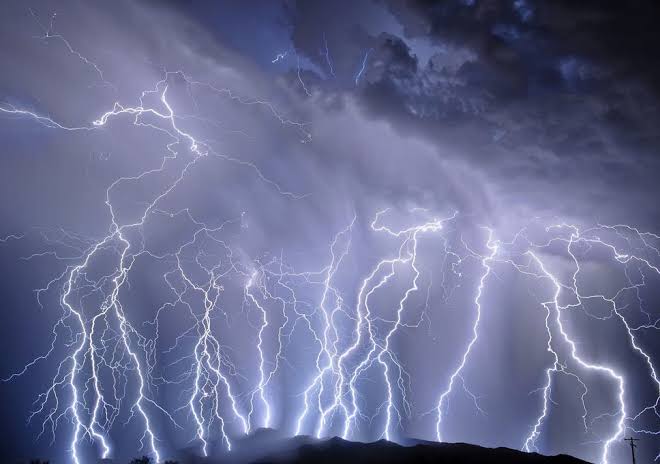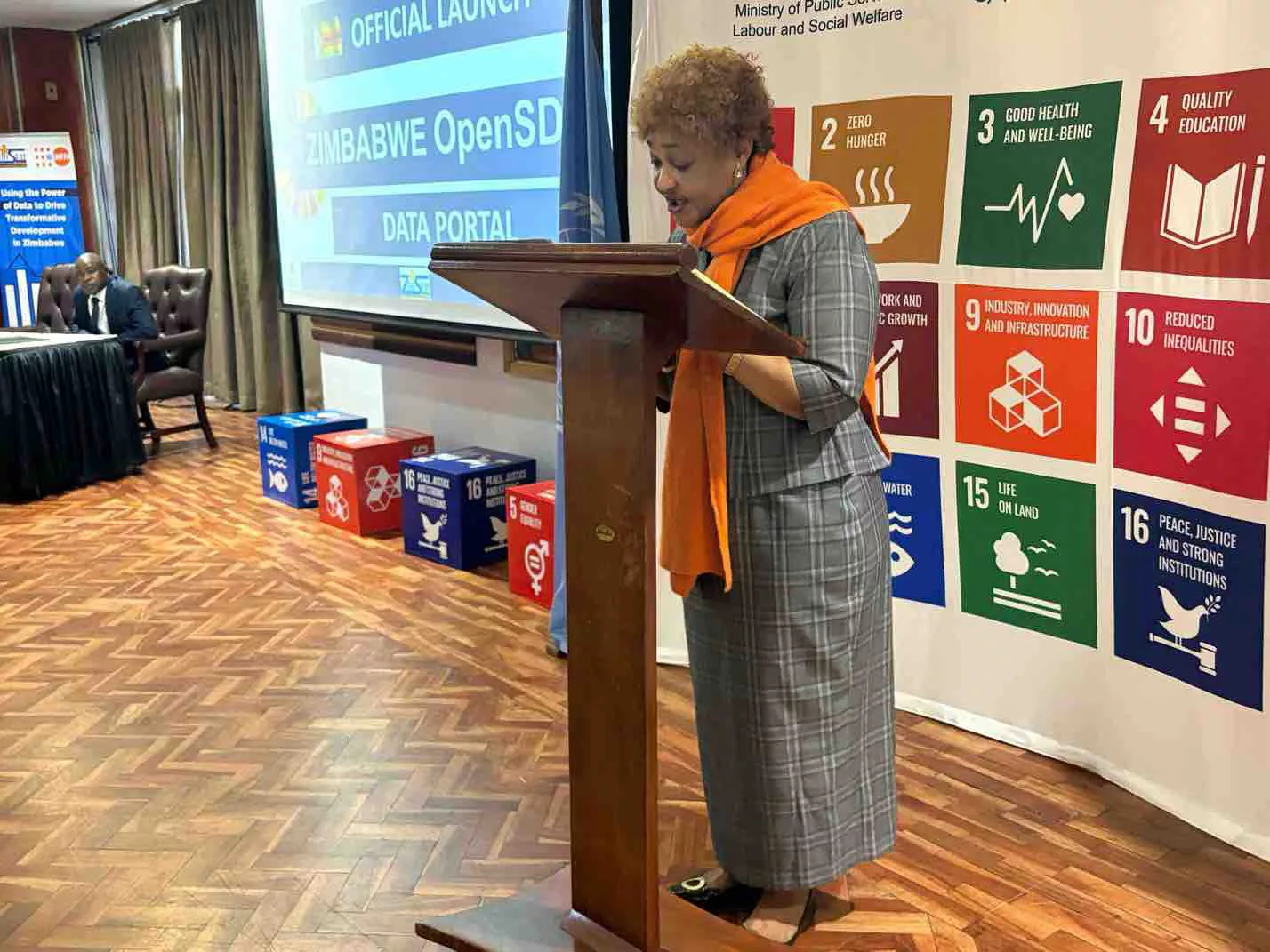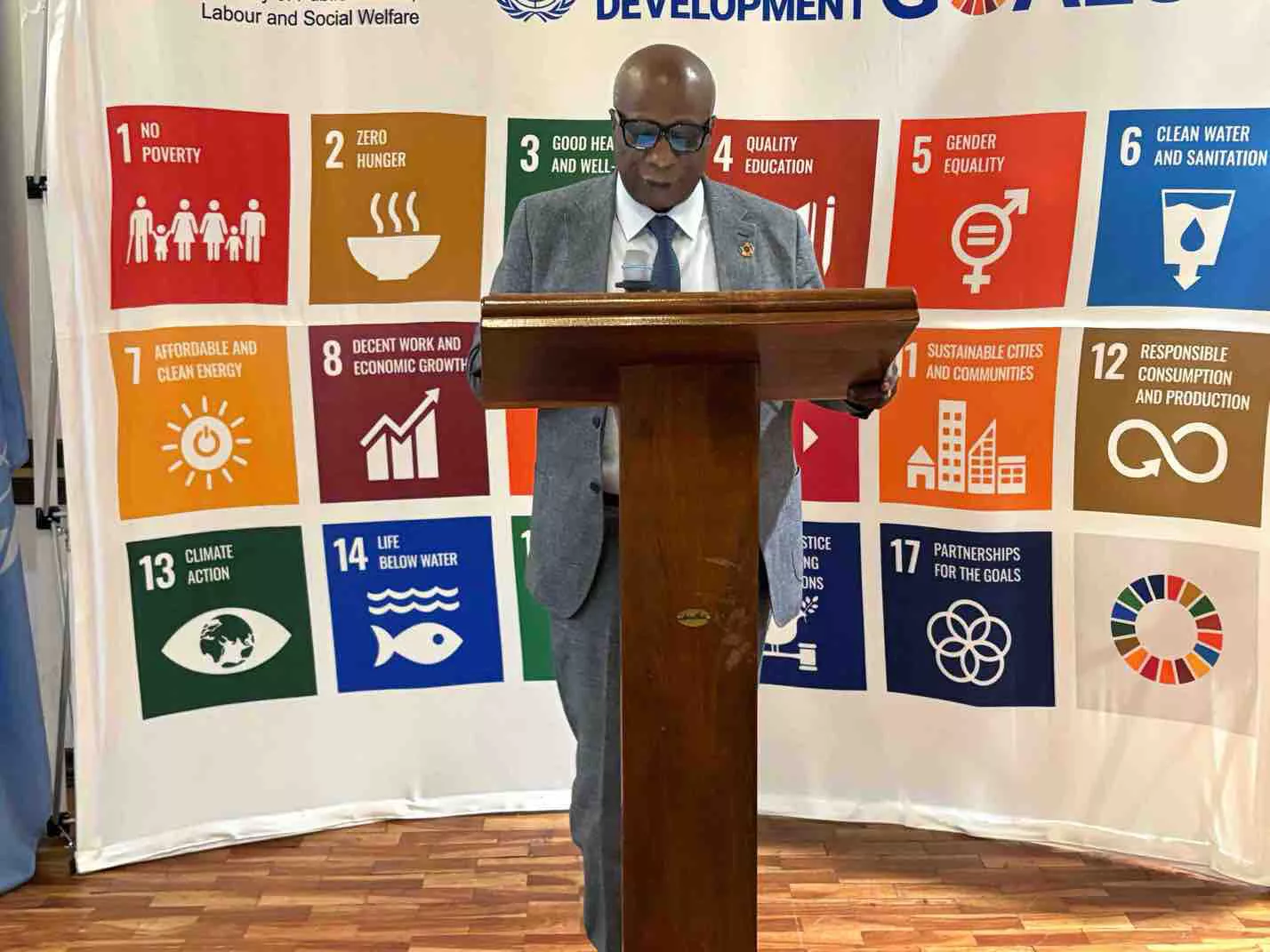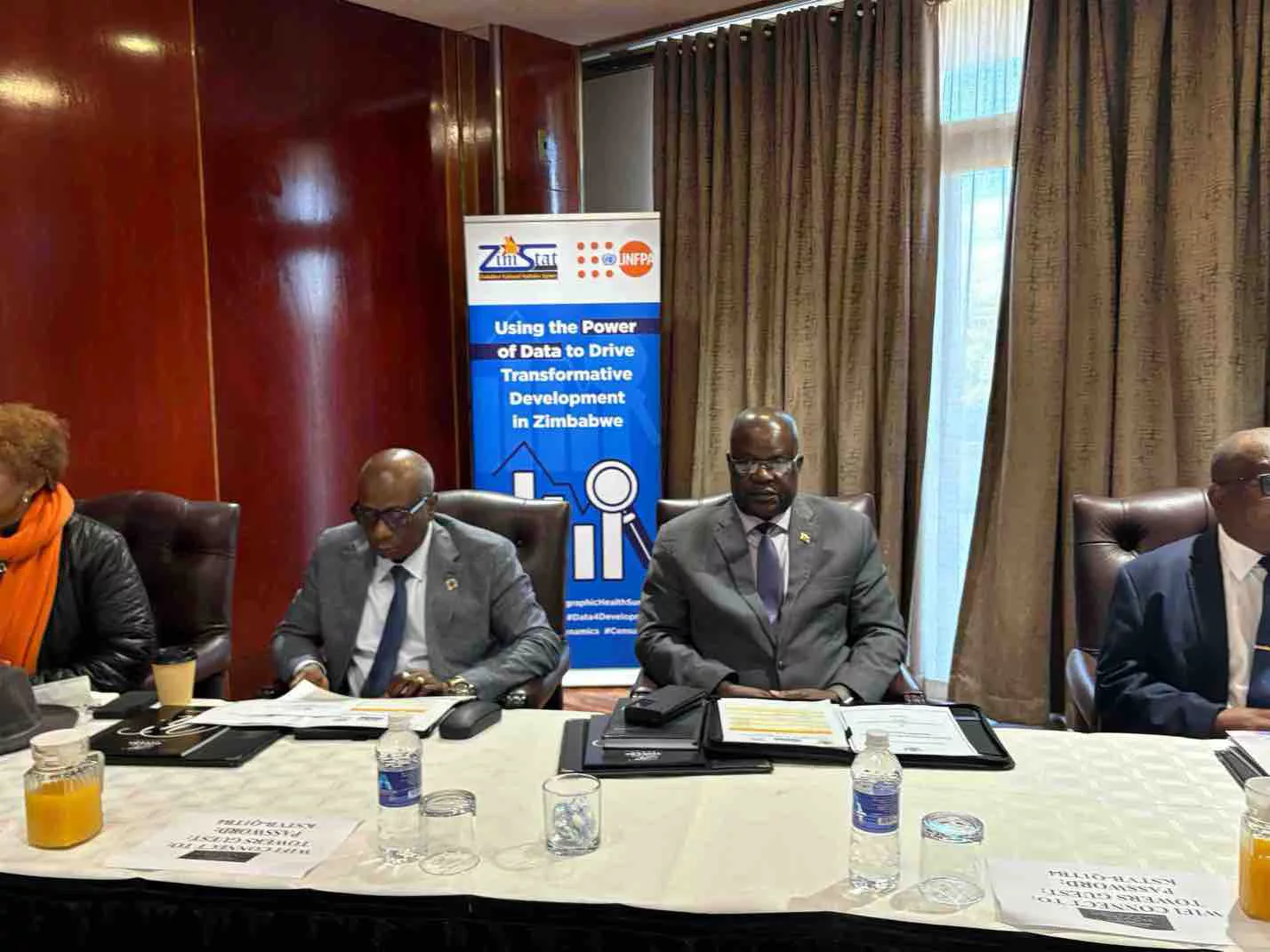By Joyce Mukucha
Zimbabwe has intensified its preparedness amid reports Tropical Storm Eloise is now in the Mozambique Channel, where it is expected to gain strength and become a Tropical Cyclone today (22 January) before making its second landfall, likely on 23 January, forecasts have revealed.
For Zimbabwe, in an update, the Meteorological Service Department (MSD) said, “The Tropical System named Eloise has strengthened and is now a severe tropical storm with indications of further strengthening in the next 24 hours. This is just before it makes landfall just south of Beira tomorrow (Saturday 23 January 2021).”
The MSD update further explained that tomorrow, widespread rainfall is expected countrywide from Saturday 23 to Sunday 24 January 2021 with heavier rains in excess of 50mm probable in parts of Matabeleland South, southern areas of the Midlands, Masvingo, and Manicaland provinces.
“Monitoring will continue with regular updates being issued every 12 hours or sooner if scenario changes (as it is common with such phenomenon,” the update pointed out.
Additionally, MSD warned that destructive winds may blow off rooftops or bring down trees and localized heavy rains leading to flash floods and collapse of houses and urged the public to stay indoors and take precaution measures if there is any need to travel.
According to the National Institute of Meteorology (INAM) latest forecast, Eloise is likely to make landfall in central Mozambique, between the districts of Muanza and Machanga.
Heavy rainfall, strong winds, and thunderstorms are expected in several districts of Nampula, Sofala, and Zambezia provinces in Mozambique from 22 January.
Latest forecasts by various weather services which include MeteoFrance, INAM and South African Weather Services (SAWS) indicate that the storm may then pass through southern Zimbabwe and also bringing heavy rains to eastern South Africa, particularly Limpopo, Mpumalanga and KwaZulu-Natal provinces, and far eastern Botswana.
“After landfall in Mozambique, Eloise is projected to lose strength as it moves across the land but is forecasted to bring heavy rains to eastern South Africa, particularly Limpopo, Mpumalanga and KwaZulu-Natal provinces, southern Zimbabwe, and far eastern Botswana, including, depending on its trajectory, it may also impact Eswatini,” forecasts revealed.
According to MeteoFrance it is anticipated that Sofala’s capital Beira and surrounding areas which were hardest-hit by Tropical Cyclone Idai in 2019 and recently impacted by Tropical Storm Chalane, could bear the brunt of the landfall.
“The storm is expected to bring heavy rains (more than 200 millimeters in 24 hours in all districts of Sofala Province and several districts of Manica and Inhambane provinces), accompanied by thunderstorms and winds up to 150km/h,” INAM highlighted.
The Southern Africa Flash Update on weather yesterday highlighted that there are growing concerns regarding the potential for widespread floods, with all river basins in Sofala and Inhambane provinces already above alert levels and more rains to follow in the coming days.
According to media reports quoting the Permanent Secretary of the district, in Buzi District, pre-emptive evacuations were undertaken to temporary shelter in the 25 de Setembro and 3 de Fevereiro primary schools and facilities of the Companhia do Búzi.
“Search and rescue operations are underway to reach some 400 families along the Buzi River and in some interior villages, following intense rainfall. In Madagascar, authorities are maintaining red alerts for heavy rainfall and strong winds along the far north-western coastline provinces.
“At least 1,000 people were affected, and one person was killed, when the storm made landfall in Antanahala District. Rain-induced landslides are predicted in steeply sloped terrains in Sava and Analanjirofo regions, and the districts of Befandriana Avaratra and Mandritsara, due to sustained flooding and heavy rainfall, according to the National Office for Risk and Disaster Management (BNGRC).”
In as much as humanitarian and preparedness is concerned, the flash update highlighted that humanitarians and authorities in Madagascar are responding, led by the National Office for Risk and Disaster Management (BNGRC).
In Mozambique, the update communicated that the National Institute for Management and Disaster Risk Reduction (INGD) is leading preparedness while Emergency Operations Centres (Centro de Operações de Emergência, COE) are operational at the provincial level.
“The Ministry of Education and sector partners, with support from UNICEF have been said to be assessing damages to schools and planning to distribute materials, including tarpaulins and school tents, to enable around 5,000 students whose schools were impacted by Eloise to resume their education.”
The National Centre for Emergency Operations (CENOE) and humanitarian partners are pre-positioning teams and supplies in relevant areas.
INGD has been issuing alerts calling on people in potentially affected areas to take precautionary measures. The Mozambique Humanitarian Country Team met on 20 January to discuss the situation and actions required and national Cluster Coordinators are mapping available stocks for pre-positioning and early response.
In the update it has been underscored that humanitarians in Mozambique have warned of lack of funding and available stocks, as partners’ capacity is already stretched by the ongoing operations to assist people affected by the rapidly evolving conflict in Cabo Delgado and the response to Tropical Storm Chalane, which made landfall in late-December 2020.
In Zimbabwe, humanitarian partners are updating stock-mapping and have prepared a contingency plan, in support of the Government’s preparedness and response efforts, which are led by the Department of Civil Protection.
The update also pointed out that the Inter-Cluster Coordination Group and Humanitarian Country Team met on 21 January to discuss the latest developments and preparedness measures.






